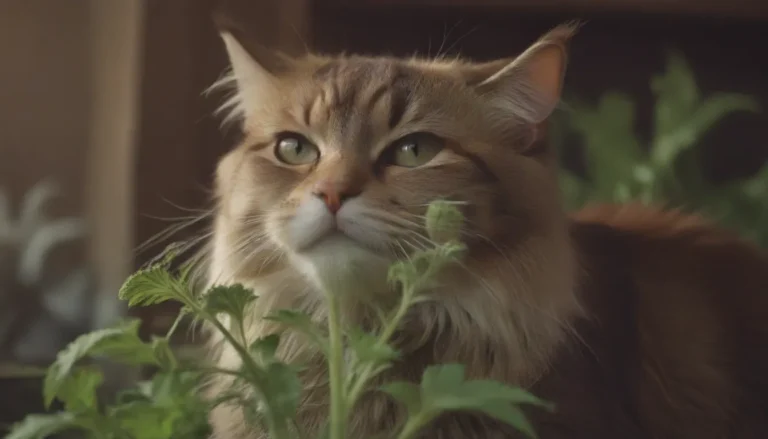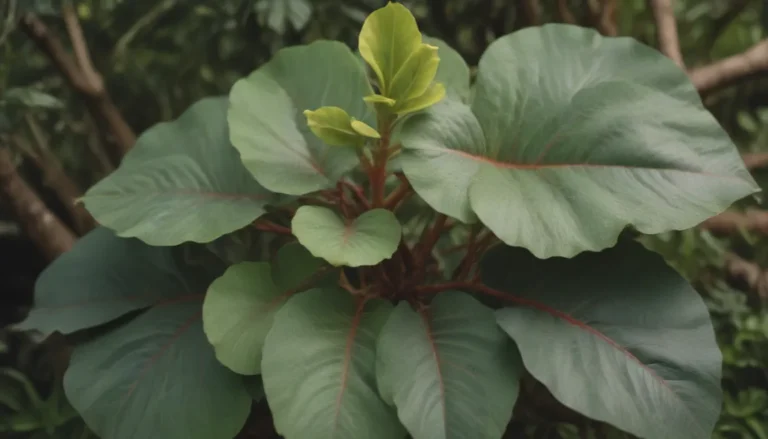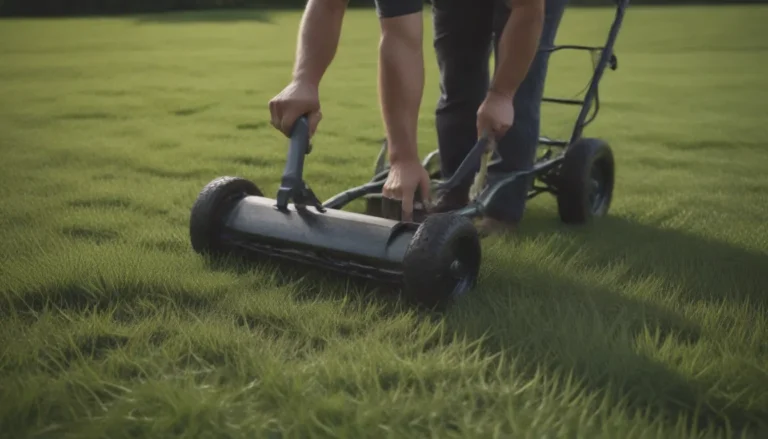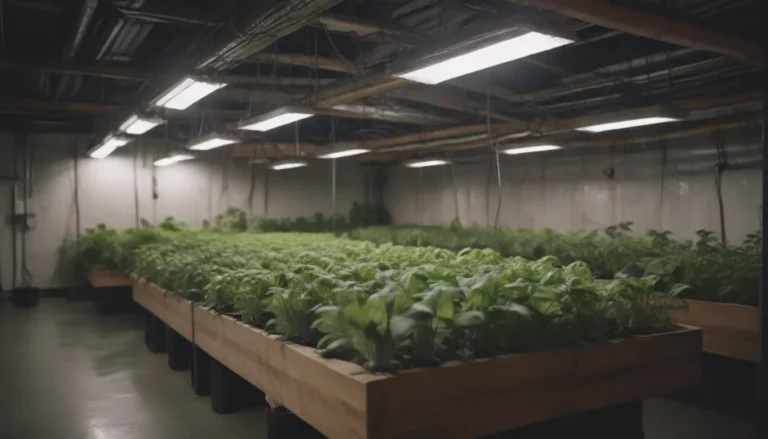Everything You Need to Know About Growing and Caring for Pinto Beans
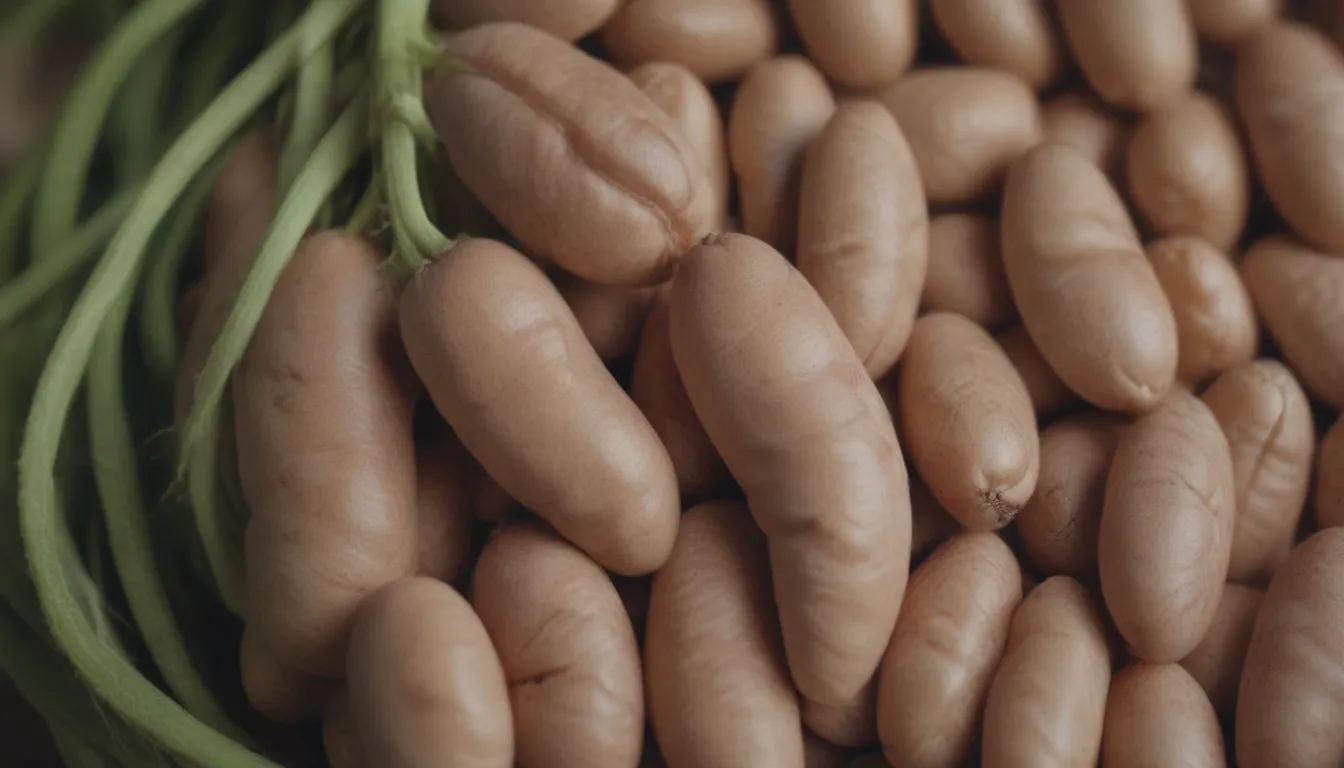
Are you looking to add a touch of Mexico to your garden with some delicious pinto beans? Look no further! Pinto beans are not only a popular choice but also one of the easiest beans to grow. In this comprehensive guide, we will walk you through everything you need to know about planting, caring for, and harvesting pinto beans.
Understanding Pinto Beans
Pinto beans, with their beige or tan speckled appearance, are known for their earthy taste and creamy texture. The name “pinto” actually means “painted” in Spanish, reflecting their unique appearance. Widely used in Mexican and southwestern dishes, pinto beans can be grown and enjoyed fresh or dried. Depending on your space and preference, you can choose from vine or bush-type varieties of pinto beans.
How to Plant Pinto Beans
Timing is Key
Pinto beans thrive in warm soil, so it’s important to wait until there is no more danger of spring frost and the soil temperature reaches 60 degrees Fahrenheit before planting. If you have a short growing season, consider starting your pinto beans indoors in large containers to get a head start. Remember, pinto beans do not transplant well, so direct sowing is the way to go.
Choosing the Right Spot
Select a sunny location for your pinto beans and consider wind protection if needed. Rotating your crops can help reduce pests and diseases, so keep that in mind when planning your garden layout. Planting pinto beans next to compatible neighbors like corn, squash, cucumbers, and tomatoes can also benefit your crop.
- Select a sunny spot for optimal growth
- Consider wind protection if your area is prone to strong winds
- Rotate crops to reduce pests and diseases
- Plant near compatible neighbors for a mutually beneficial garden
Planting and Support
Plant pinto beans with the eye facing downward about 1.5 inches deep and 4 to 6 inches apart. Thin seedlings to 6 inches apart once they reach a few inches in height. Bush-type pinto beans may not require trellising, but providing some support like a stake can help keep them off the ground and improve air circulation. Vining varieties will need a sturdy trellis or fence for support.
Caring for Pinto Beans
Pinto beans are relatively low maintenance if planted in the right conditions. Here are some key factors to keep in mind when caring for your pinto beans:
- Light: Pinto beans thrive in full sun, so make sure they receive at least six to eight hours of sunlight daily.
- Soil: While pinto beans prefer silty loam soil, they can adapt to various soil types as long as there is good drainage and organic matter.
- Water: Keep the soil consistently moist until seeds germinate, then water regularly to ensure healthy growth. Beans have shallow roots, so monitor soil moisture closely.
- Temperature and Humidity: Pinto beans need warm soil to germinate, but they have limits when it comes to heat and humidity. Protect plants from extreme temperatures and high humidity to avoid issues.
Fertilization and Pollination
Pinto beans are self-fertile and don’t require additional fertilization. However, if your soil lacks nutrients, consider using a low-nitrogen fertilizer. Beans have nitrogen-fixing properties, reducing the need for external fertilization. Bees are attracted to bean flowers and can assist in pollination, contributing to a healthy crop.
Types of Pinto Beans
While most pinto beans available to home gardeners are simply labeled as pinto beans, there are specialized varieties like ‘Othello,’ ‘Hopi Black,’ and ‘Santa Fe’ that offer unique features. Experimenting with different varieties can add diversity to your garden and palate.
Harvesting Pinto Beans
Harvesting pinto beans can be done at the fresh green or dry stage, depending on your preference. Fresh beans are ready when pods are plump and 4 to 6 inches long, while dry beans should be harvested when the pods turn yellow to tan. Proper harvesting and storage techniques are crucial to preserving the flavor and quality of your beans.
- Fresh Beans: Harvest when pods are plump and green
- Dry Beans: Harvest when pods turn yellow to tan
- Storage: Store beans in a cool, dark place after harvesting
Growing Pinto Beans in Pots
If you’re short on space or don’t have a garden, you can still grow pinto beans in containers. Choose compact, bush-type varieties and provide adequate watering and fertilization for container-grown plants. Remember to adjust your care routine for potted plants to ensure healthy growth and productivity.
Propagating Pinto Beans
Saving seeds from your pinto bean plants is a sustainable way to propagate your crop for future seasons. Properly dry and store seeds for optimum viability and quality, ensuring a consistent harvest year after year.
Common Pests & Plant Diseases
Like any crop, pinto beans are susceptible to pests and diseases. Aphids, leafhoppers, and spider mites are common pests, while bacterial blight, mosaic virus, and white mold can affect plant health. Implementing preventive measures like row covers and good watering practices can help minimize the impact of pests and diseases on your pinto beans.
In Conclusion
Growing and caring for pinto beans can be a rewarding experience, whether you’re a seasoned gardener or just starting. By following these guidelines and tips, you can enjoy a bountiful harvest of delicious and nutritious pinto beans right in your own backyard. Experiment with different varieties, planting methods, and care techniques to find what works best for you. Happy gardening!
